The 50 States Project is a series of candid conversations with interior designers across the country about how they’ve built their businesses. This week, Denver-based designers Nancy Boland and Martha Lord of Boland Lord Design tell us how they learned to stop underselling themselves, how the right hire and project management system helped them scale their firm, and what the future looks like with just one of them at the helm.
How did the two of you meet, and what made you want to launch a firm together?
Martha Lord: I think this was one of the best parts of our story. I was working for an architectural firm in town; the architect had hired me to start an interior department within his firm to offer those services to his clients. I had gone to school for interior design and had done projects for friends and family, but I had never run a firm before. There are many ways to do interior design projects—they can be rather lax, or you can have a very formal process—and at that time, I definitely lacked a process.
I knew the architect because he had done personal work for me when my family moved to Denver. Well, he also did work for Nancy when she and her husband moved here. He knew that she [worked for an interior design firm], and every once in a while he would mention bringing on Nancy Boland to make it a team between the two of us. After a year of him mentioning this, I finally picked up the phone and called Nancy, whom I had not met. That was in March 2017. In that same phone call, we decided to go to High Point Market together in April. I think we met for coffee a couple of days later, where we talked for an hour. We went to Market together, and then in September, we went to Chicago and attended a conference on the business of luxury design.
From the first time we had the conversation in March, we talked about our visions and what we wanted to do, what sort of clients we wanted to serve and how we wanted to serve them. And in December of that same year, we started Boland Lord Design. We went from never having met in person to becoming business partners within eight months.
Nancy Boland: And signing a lease!
What made you confident in each other as partners?
Lord: We were both in a similar place in our lives. Neither of us was the breadwinner for our family. We both had a lot of passion and love for this industry. And we both thought that there was a need in Denver for a firm like the one we wanted to build.
We had very similar core values starting this business: We wanted to be service oriented and never point fingers at each other or at our clients. When things go wrong, we believe in fixing them. But we both also went into it with the mindset of, “This is going to be fun. If at any time this isn’t fun, we’re not going to keep doing this.” We’re not performing brain surgery. This is a luxury for our clients.
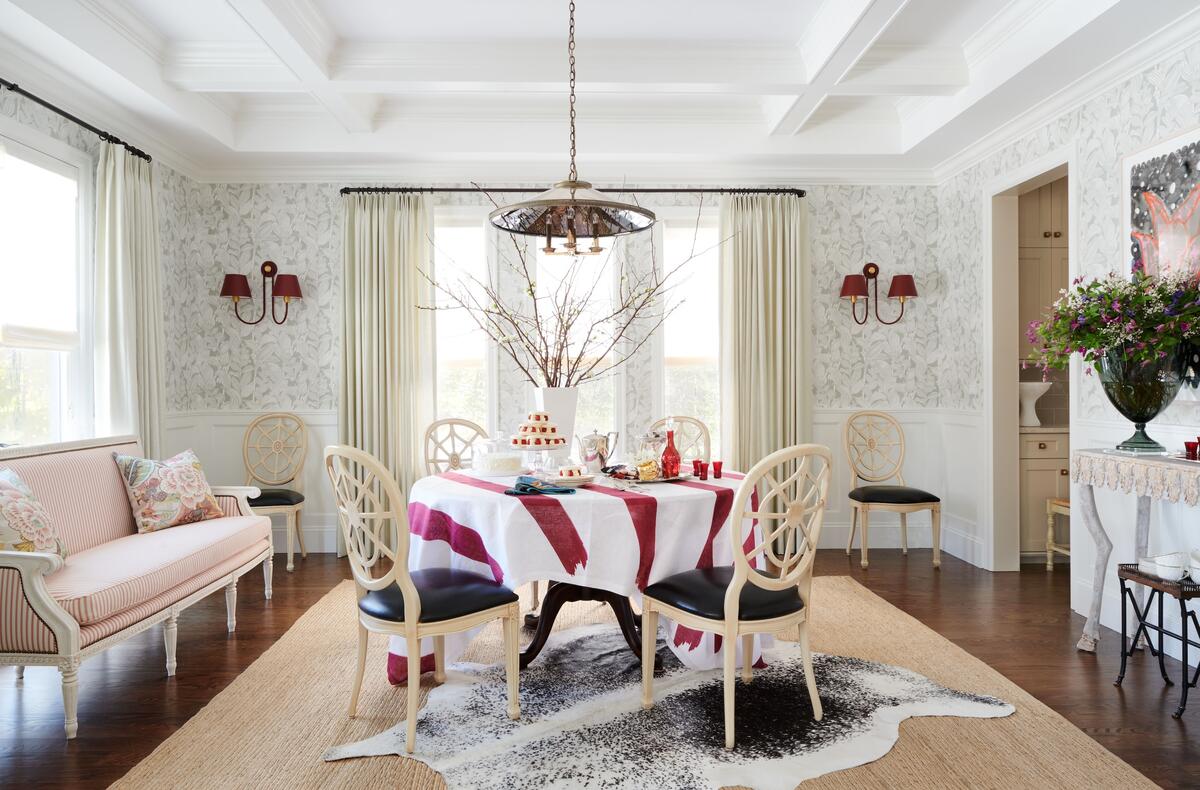
What is the process of starting from scratch? What were the early pain points?
Lord: One of the great things is that we came from different backgrounds—Nancy having worked in interior design firms for [about 28 years].
Boland: In 2006, I was living on Long Island, and I walked into an interior design firm business and started working there. I never went to school for design, [but] it was extremely hands-on, so I learned the nitty-gritty of this business that way. I ended up partnering with a friend for a while, and then my family moved to Denver. The firm I worked for here ran a very tight, good business, so I also learned that aspect from them. By the time Marty and I spoke, what appealed to us about each other was that she had the formal training that I did not, and I had the working experience that she did not. We knew we both needed each other to do it successfully.
Lord: We’re old enough and mature enough to know what we didn’t know, or what we were not good at, and we hired for those things immediately. That helped tremendously. We hired a local firm that provided us with legal help, and a marketing person to do all of our branding. We hired Stemper & Associates, which does all of our back-office support through Studio Designer.
Were those initial hires all external contractors, or did you start hiring employees right away as well?
Lord: It was external. We hired our first employee—our senior designer, Megan—in 2021. We hired her after starting to work with [interior design business coach] Gail Doby during the pandemic.
What made you want to reach out to Gail?
Boland: We did it in the beginning of the pandemic, when it felt like everybody was falling off a cliff and didn’t know what to expect. At the time, Marty and I were at our wit’s end. We didn’t know which end was up. We had business; we just needed help.
Lord: We felt like we weren’t making enough financially for how hard we were working. What were we doing wrong? What did we need to do differently? We knew a designer in town who had engaged Gail Doby maybe six or eight months before, and she said that Gail had really helped her turn her business around.
The pandemic was actually a perfect time. Like Nancy said, no one knew which way was up or what was going to happen, and business slowed down tremendously through that fall—everyone had their kids home, no one was working. So, it actually gave us a nice bit of time to pause and spend the time we needed on our business with Gail. It was transformative for us.
What was she able to help you see that you needed to approach differently?
Lord: We lacked confidence and weren’t valuing ourselves for the level of service or the level of design that we were providing to our clients. We were not giving ourselves enough credit, and one of the biggest things that Gail did was really boost our confidence and remind us what the people who are really successful in this industry are doing and how to reflect our value in our relationships, our billing practices and our contracts.
The second huge one was helping us hire. At first, we were talking about hiring a design assistant. At one point, I said, “I just have this gut feeling that this is going to be really hard.” And she’s like, “Well, you should, because you’re hiring the wrong person.”
One of the things I’ve learned about Gail is that she’s all about hiring that senior-level employee first.
Lord: And she was 100 percent right. After that conversation, we picked up the phone and called Megan. She is a master CAD drawer, and we had hired her for some freelance work in the past. We were so lucky that she was at a point in her career where she was looking to make a change, and it’s just been a perfect fit.
What changed for the two of you when you added a team member?
Lord: It made us more organized, and it made us have better systems. On top of being a talented designer, Megan has this incredible ability to create and build processes that make sense. We started using Asana, and she built this incredible project management tool for us.
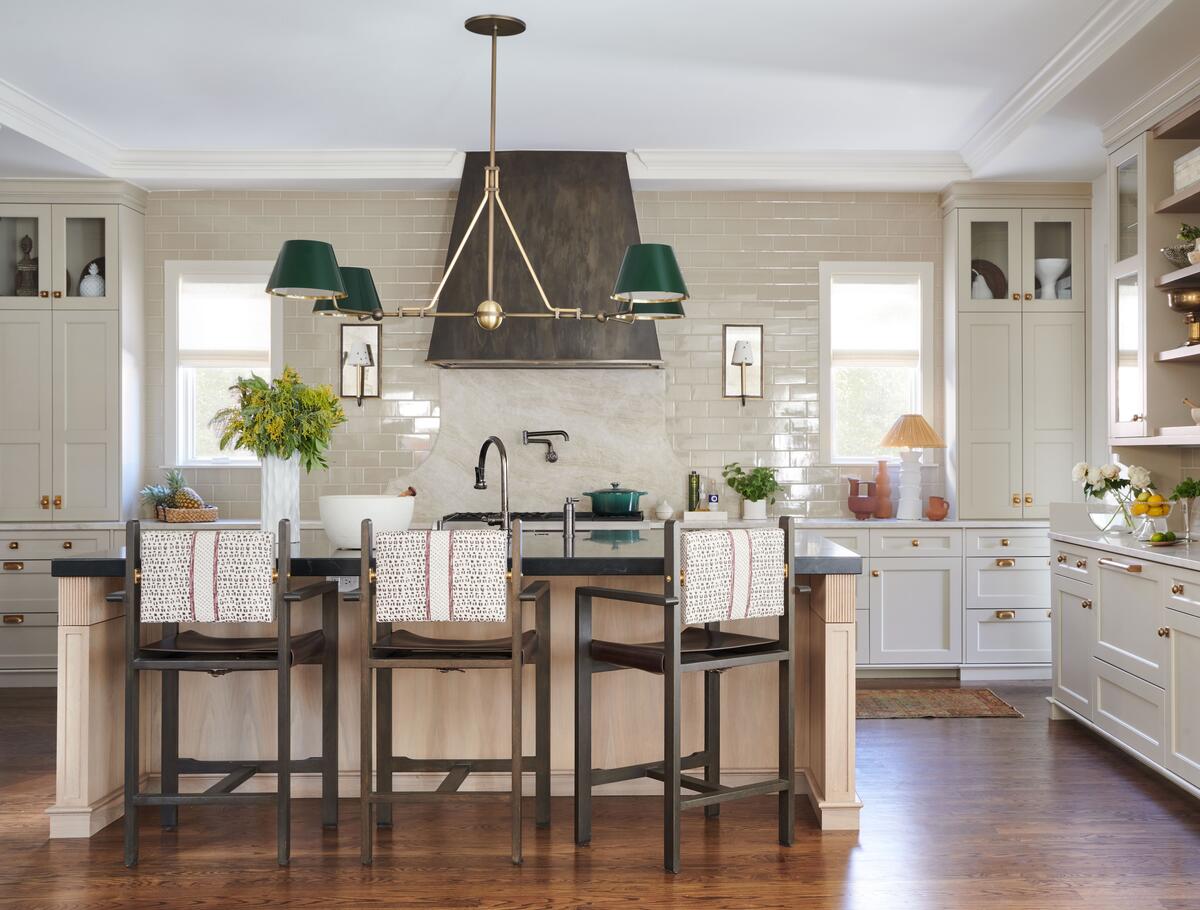
In the early days of your partnership, how did the two of you divide the workload?
Lord: We did almost every project together—which was not super efficient, but there was great comfort in knowing that if I forgot to think about something, Nancy probably did think about it because we both were so intimately involved in each project.
Boland: We have some big changes coming for our company: I am retiring, and it’s really going to be Marty’s company moving forward. We’re still friends, and I’m still here to support Marty—it’s a nice parting of the ways, and I will be here in the background for her.
Lord: This is something that Nancy has been thinking about for a long time. We have always run our business in such a way that we supported each other where we were and with what we needed. And I think this is just another example of that—I’m supporting her in her decision, just as she’s supporting me in carrying on the legacy that we’ve built together.
Congratulations, Nancy! Marty, you said the decision has been a long time coming. Did you always know you’d want to carry on?
Lord: It’s a sad thing, and it’s a loss. One of the biggest challenges for me was thinking, “Oh, my gosh, am I ready? And do I want to do this on my own?” It’s been so enjoyable doing this together, and I had to really think hard about whether or not it was something I wanted to continue doing without her. But we have a fun work environment—we have Megan and a lovely design assistant, Emily—and I still love coming to work every day.
One of the things that we’re working on is: What role can Nancy continue to play? She is incredible at sourcing new products and finding artisans, artists and cool lines. Just last night, she sent me an Instagram post for one of our clients—you know, “I think this wallpaper might be great for her.” So, I hope that’s where Nancy will continue to be involved in Boland Lord Design. Her passion for this business doesn’t end with her retirement.
Nancy, can you tell me a little bit about your decision?
Boland: When we started the firm in 2017, I had a mindset that we would [give the business a try] based on the length of our lease. I was 49 and still had one kid at home in high school, plus two in college. So I said to Marty, “Look, I’m going to give you three years to start.” Then the lease came up [for renewal], and I thought, “I’m not ready to stop,” and we signed another three-year lease. I didn’t ever want to abandon Marty in the middle of the lease. But in the past year, my husband and I [have started making plans] to split our time, and we are going to build a house in South Carolina. But this is not the kind of business to be half in, half out—especially when you are 50-50 with a business partner.
In September, I started hinting that I wanted to make a change in 2024. When we were at our business conference with Gail Doby that month, we were in a [breakout group] when Marty looked at me and said, “Just say it.”
Lord: In our breakout sessions, we had to talk about a challenge we’re dealing with. Before we left for our retreat, I called Nancy, and I was like, “OK, what is our challenge and opportunity going to be? Let’s talk about what you think it should be before we get there.” And at that time, Nancy said, “You know, I just, I’m not sure that I’m all-in anymore, but I’m not sure if this is the time to discuss it.” So we got into this breakout session, and they turned to us like, “OK, Marty and Nancy, it’s your turn.” And I turned to Nancy, and I’m like, “Do you want to go?”
Boland: It came out, and it was a huge relief. It was a wonderful moment because it’s a very supportive group of people, and it was nice for me to get that off my back.
What is the path forward? How are you looking to unwind your partnership, and what does it mean for your clients?
Lord: We were both so nervous when we started our business that our operating agreement actually states that if either of us ever wants out, we dissolve the business. So, we hired an attorney to help us amend our agreement so that I am able to buy Nancy out of her portion of the business. I am so proud of the business that we have built, and it is a legacy I want to continue going forward. One of the first decisions I made was that I’m going to keep the Boland Lord Design name, because part of my business is the history of what I built with Nancy. And she was happy to let me keep her name on the door.
Because we have always worked on every project together, it really hasn’t been an issue with our clients. We started telling clients in early-to-mid-November, and they’ve all been super respectful.
Boland: That goes to a point that Marty won’t say, but I can say it: the confidence they have in both of us—and going forward, their confidence in her. I think that just goes to how we have developed our relationships with our clients and the trust that we’ve built with them.
Lord: I feel like if things continue rolling for your clients the way that they expect during a time of change, it gives them confidence. If there doesn’t seem to be a glitch or a hiccup, then they have no reason not to trust that everything will continue as they expect it to, and I think we have shown them that.
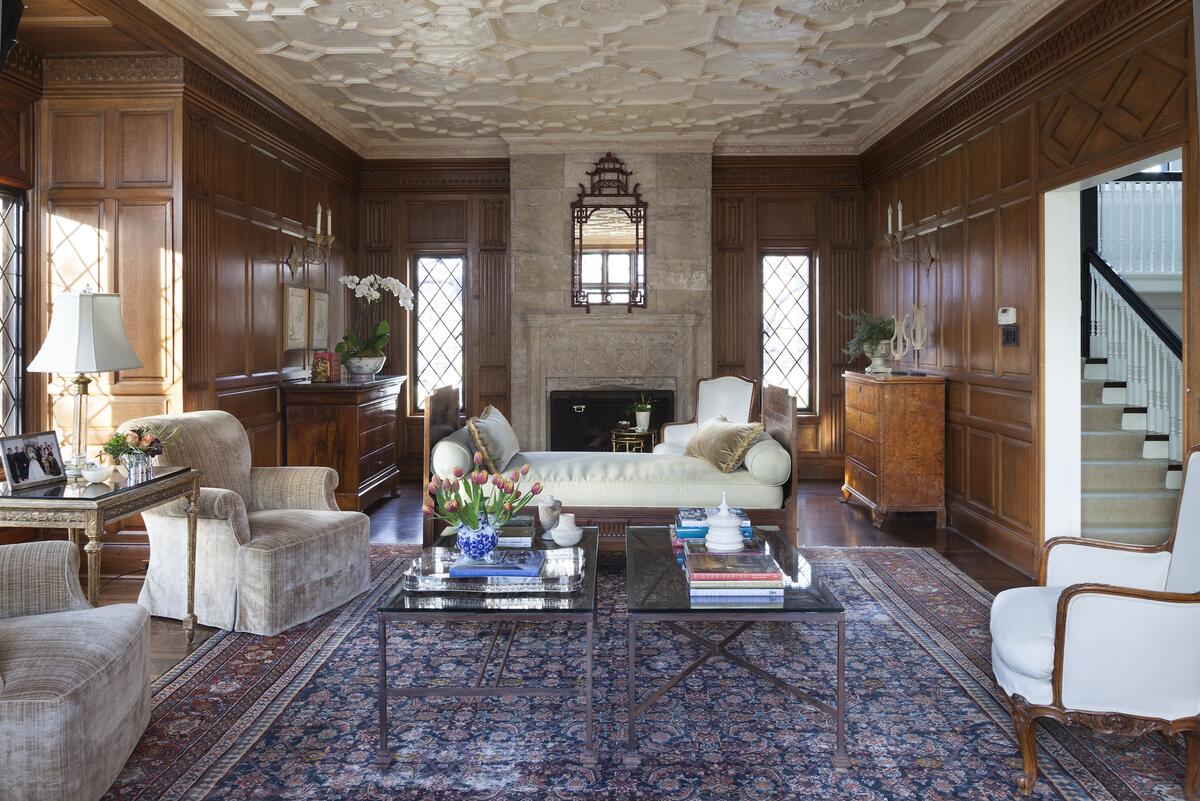
You mentioned the legacy of the firm that you want to carry on. What do you think about the niche you’re creating in your design community?
Lord: Nancy and I have both been involved in the industry for a long time, but more than that, we’ve both personally designed and built our own homes, so we understand what the high-end client is looking for: the customization, the attention to detail, the transparency in communication and billing. We understand how to create value when needed. And we offer that same service and mentality.
We also share an aesthetic and believe a home should be personal. We are bringing out the best in their aesthetic. Our motto on our website and on our door is, “The past, present and future together in your home.” We believe that to make a beautiful, comfortable home, it should reflect where you’ve been in your life—where you’ve traveled, things you’ve collected. It should also function for the way that you need to live [now]. And it should have a timeless sense to it so that you’ll still love it 10, 15 or 20 years from now as much as you do today.
That is the focus of our firm, and we’re looking for the kind of clients who value the same things, along with the level of service and attention to detail we provide. We allow them to enjoy the process, because it’s a luxury and it should be fun.
What makes you say yes to a project today?
Boland: I think a lot of it comes from the gut.
Lord: We’ve also learned along the way what projects we need to say no to—which, again, is the gut telling you that this is not going to be a positive relationship or that we can’t give them what they want.
What kinds of red flags have you learned to avoid?
Lord: We had one client that wasn’t a style fit—the style of their home was just way outside of the aesthetic that Nancy and I share. They had some theatrical elements, with themed rooms and things like that. I told Nancy, “I don’t think I could really do this and give them what they’re looking for.” In that case, we told them that there are firms that are better fit to serve their style.
We had another client where we ultimately ended the relationship because we could never build trust with her. It was a really exciting project—it still sort of hurts that we couldn’t make the relationship work, because it was a lovely shingle-style home, and we had a very clear vision of how we could make it current and beautiful and comfortable—but [it] became a really challenging relationship.
Boland: We also got a referral from a builder and had a call with a young couple. After we ended the call, I remember thinking, “All [this potential client is] doing is checking boxes.” And for Marty and I, that’s not the kind of work we wanted to do
Lord: I will say, I don’t think we’ve ever turned down a project because of a budget. Our hourly rate and our design fees sort of lead us to a certain client. When potential clients reach out to us, we share a document that outlines our process and hourly rate. Often, I think if the budget doesn’t fit, the clients self-select out.
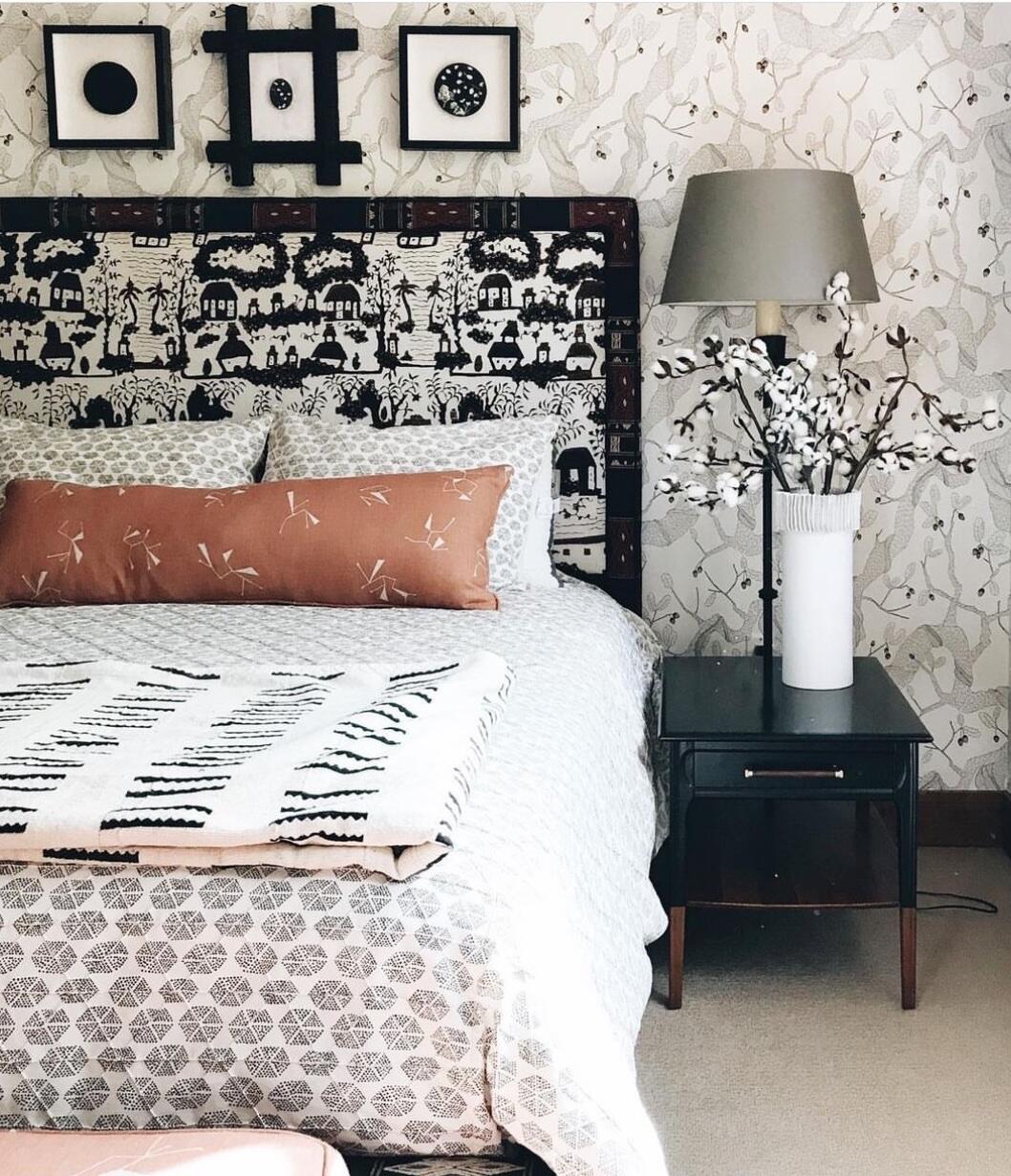
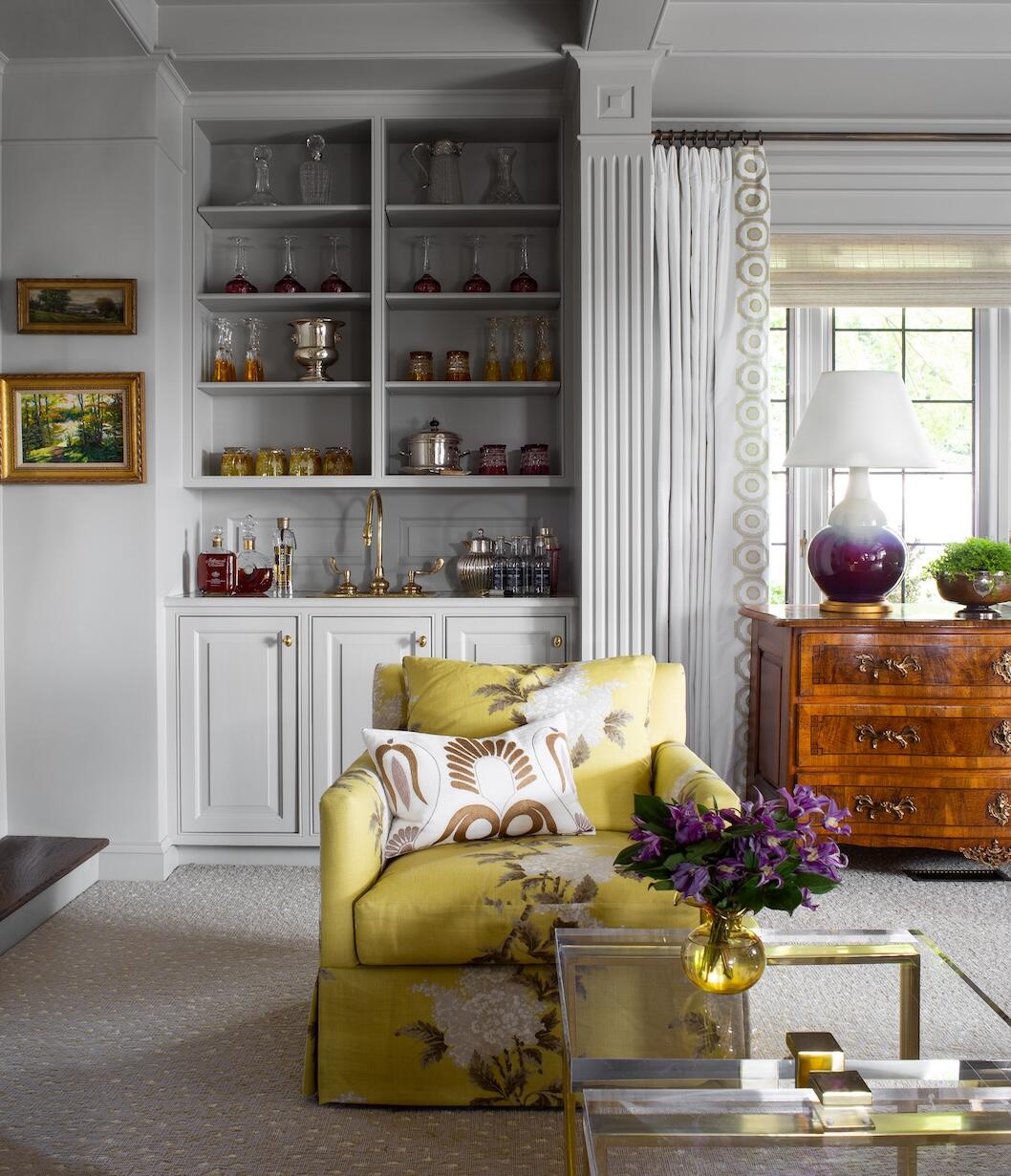
How have you approached billing for your work?
Lord: We went into this business wanting to be flexible for our clients. In our very first project, we gave them the option of hourly billing, or we projected the number of hours we thought it would take and what that budget would be for them as a fixed fee.
Boland: And then we went to hourly.
Lord: And then we went to a fixed fee. It’s a part of our business that is still evolving.
Boland: Right now, we’re doing what I think you’d call a hybrid model—it’s a flat fee for concepts and thematics, and then it becomes an hourly fee for project management, meetings with builders, and installation, as well as procurement fees on product.
Where’s the pain point in that model?
Lord: That we’re not good at defining when project management begins and the hourly rate kicks in—and we’re still underselling ourselves when we give people a design fee. And we are really bad about keeping track of our time. We’re giving away time all the time, which I think is a very common issue.
So, it’s more of an internal challenge than friction with clients?
Lord: It is a total internal struggle. The clients are totally fine.
Boland: Which might tell you that we’re undervaluing ourselves.

Can you tell me about the design scene in Denver?
Lord: The market is pretty competitive here, and there is not a very strong designer community, which is a shame [because] there is a lot of work here. We do, however, have a design center, and it is a great resource for us. We have incredible trade partners there who are super supportive.
How else are you sourcing?
Lord: We have a 1,200-square-foot space, and more than half of that is what we call our “living room.” We had some custom furniture pieces made, and we have some lighting, art and antiques to show how you can mix different styles to reflect your personality.
Every year, and sometimes twice a year, we’ve gone to Round Top or High Point Market. When we get to High Point, we spend the first couple days in the art and antique center for the one-of-a-kind pieces and [the rest of our trip] finding those vendors we can work with to customize pieces.
Boland: Marty and I have also built our sample library—and it’s pretty extensive—with independent lines that cannot be found in the Denver Design District. I think our sourcing, and our willingness to go outside of what’s down the street from us, has helped set our work apart. We’re always pushing the boundaries as far as what we have at our fingertips.
I just saw that you’re coming to town with the Design Social Pop-Up this summer, and I’m excited for Denver, because I think design firms here maybe play it a little safe. I am excited for [the exhibitors] to bring their designs so that designers here can see a whole new world out there as far as sourcing is concerned.
Lord: It’s not all mountain modern design here—the gray, white and beige.
Boland: Those clients will not come to us, because they don’t see anything on our website that shows that. But then, there’s also the clientele and some architects that say, you know, the right ones for you are Nancy and Marty, because their aesthetic is what you’re looking for.
When you look back, what do you know today that you wish you had known when you started your business?
Boland: Working for someone else is a completely different ballgame than owning your own business. If we had started this business with confidence, maybe it would have gone a different way, but it’s taken us a while to be comfortable with our talents.
Lord: I don’t think either of us are very good at selling ourselves. We are proud of the work we do and proud of our relationships, but we’re not putting ourselves out there a lot.
Marty, when you look ahead, how do you envision the firm evolving?
Lord: I didn’t know if I would enjoy the process of building a business when we started, but I’ve found tremendous pleasure and pride in it. There are parts of it that are challenging—like every month when we’re reconciling our credit card and bank statements—but my goals for Boland Lord haven’t changed. We’d go on a retreat with Gail Doby every year where we have time to evaluate our business and [assess] what we want to do differently, or how we want to grow or not grow. Nancy and I were always on the same page with the direction we were going, and I don’t see that changing at all.
What does success look like for each of you?
Lord: This goes to why we started this business together: Success, to me, is loving what I’m doing on a daily basis and enjoying working with our clients and our vendors. That brings me so much pleasure and pride.
Boland: I think success for me is stepping away from a business that I built. I wish the best for Marty and hope that the projects that we have worked on over the last six years help her continue to gain the clientele and the relationships that she’s looking for. Success for me is watching Marty grow on her own and continue to run a successful firm.
To learn more about Nancy Boland and Martha Lord, visit the Boland Lord Design website or find them on Instagram.





























